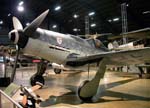 |
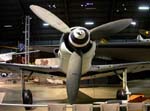 |
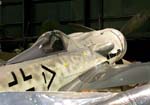 |
 |
| 01 Focke Wulf FW 190D | 02 Focke Wulf FW 190D | 03 Focke Wulf FW 190D | 04 Focke Wulf FW 190D |
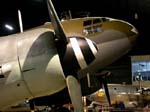 |
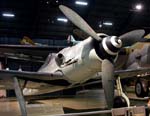 |
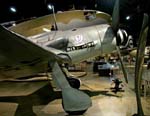 |
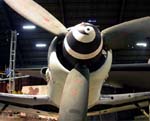 |
| 05 Focke Wulf FW 190D | 06 Focke Wulf FW 190D | 07 Focke Wulf FW 190D | 08 Focke Wulf FW 190D |
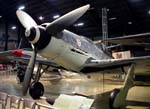 |
|||
| 09 Focke Wulf FW 190D |
Focke Wulf FW 190D Specifications:
Length: 33 feet, 5 inches
Wingspan: 34 feet, 6 inches
Height: 11 feet
Crew: 1
Weight: Empty - 7694lbs Takeoff - 9480lbs
Max Speed: 426mph at 21,000 feet
Cruise Speed: 357mph
Range: 519 miles
Service Ceiling: 32,000 feet
Fuel Capacity: 138 gallons internally, 30 gallons in an optional tank in the rear fuselage, and 80 gallons in a single drop tank
Powerplant: Junkers Jumo 213A-1 Inverted V-12 - 1770 takeoff hp 2240 hp boosted at altitude
Armament:
Two 20mm MG151/20E Cannon in the wings with 250 rounds each
Two 13mm MG131 machine guns in the nose with 475 rounds each
One bomb of up to 551lbs
First Flight : June, 1939
Cost:
RM56,600
(1944) or $2,830 in US Dollars (This sounds fantastically low, even with the use of slave labor. Even the cheapest US fighter the P-40 Warhawk was $45,000. This is based on a ratio of RM19.723 per US Dollar)
This FW-190D is a late model in the series. It has a Junkers Jumo inverted V12 engine with an annular radiator giving it a radial engined appearance. This engine coupled with the large paddle bladed prop gave the Focke Wulf a top speed of over 420mph, and was competitive with the best of the Allied fighters. The spiral on the prop spinner is designed to throw off the aim of US bomber gunners. When shooting a moving aircraft you must lead the target - shoot at where the plane is going to be when the rounds get there, not where it is now. The somewhat hypnotic effect of the rotating spiral spinner draws the eye directly to it making it more difficult to instinctively lead the aircraft. It was said to be very effective when the Germans first started using it. Later the US gunners got wiser to it and with concentration it wasn't as much of an detriment to aiming.
USAF Museum WWII Exhibits Main Page
US Air Force Museum in Dayton Main Page